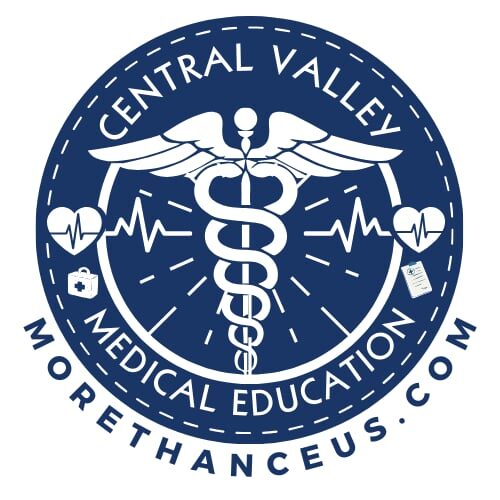Situational Awareness and Environmental Risk Factors
Preventing needlestick injuries is not just about following procedures — it’s about being fully present, alert, and responsive to your environment and the conditions around you. Many injuries occur not because of improper technique, but because of poor situational awareness or overlooked environmental hazards.
This topic teaches learners to recognize red flags before a procedure begins and adjust their behavior and surroundings to minimize risk. Clinical safety begins with knowing what’s happening around you.
👁️ What Is Situational Awareness?
Situational awareness is the ability to:
- Perceive your surroundings
- Understand what those observations mean
- Predict potential hazards
- Act to prevent errors before they occur
In healthcare, this means continuously monitoring your space, patient condition, staff movement, and environmental changes — especially when handling sharps or performing procedures.
🧨 Common Situational Risk Triggers
- Working in tight, cluttered spaces where sharps containers or equipment are hard to reach
- Being interrupted during critical moments, such as during a blood draw or injection
- Patient movement — especially sudden, combative, or uncooperative behavior
- Performing procedures in poor lighting or noisy environments where focus is impaired
- Team members walking behind or beside you during procedures
- Miscommunication during patient handoffs or task switching
🏥 Environmental Risk Factors
Certain physical conditions in the clinical space increase sharps injury risks:
- Overfilled or poorly placed sharps containers
- Lack of designated “clean” vs. “contaminated” zones
- Slippery floors or uneven surfaces
- Disorganized or overflowing supply carts
- Inconsistent PPE availability (e.g., gloves not at the bedside)
- Using non-dominant hand or awkward body positions due to poor layout
Example: A phlebotomist performing a blood draw in a hallway stretcher bay may have to hold the needle longer due to lack of nearby sharps disposal, increasing injury risk.
✅ Prevention Through Awareness
Train yourself to:
- Scan your work area before every sharp-related task
- Ask: Is this the right space for this procedure?
- Pause and reposition equipment if necessary — don’t rush
- Speak up if the environment feels unsafe or compromised
Being proactive isn’t paranoia — it’s protection.
🧠 Key Takeaways:
- Sharps injuries thrive in distraction, clutter, and chaos
- Environmental safety is just as important as personal technique
- Situational awareness is a trainable skill that can prevent serious harm
